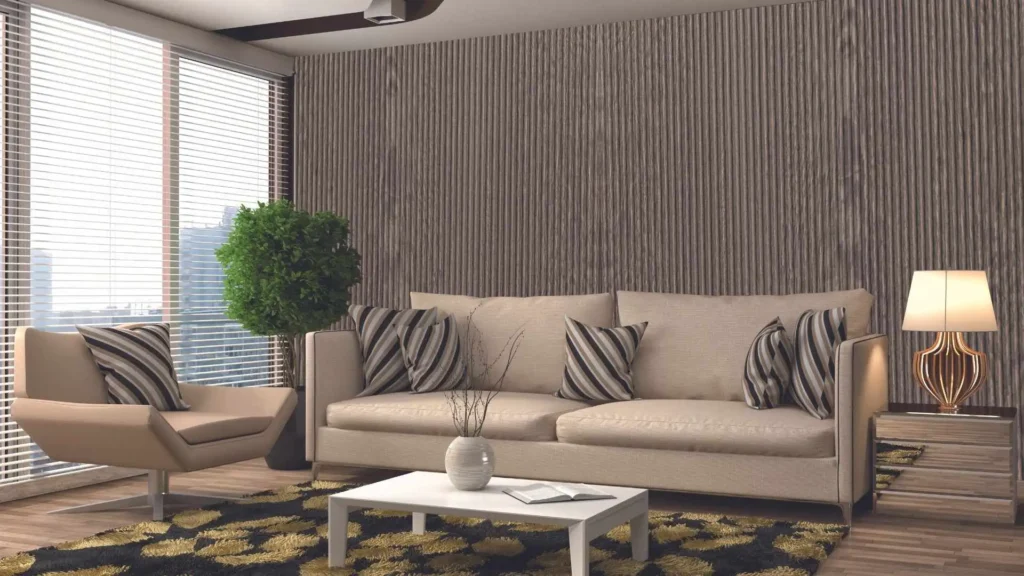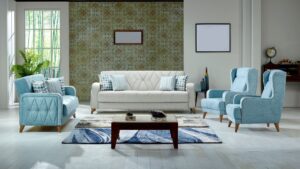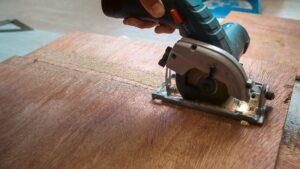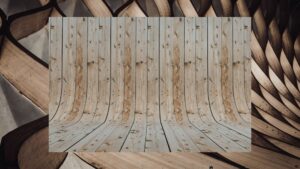Wall paneling has changed a lot from just simple protective covers to fancy design parts that shape the inside spaces. Decorative veneers are like the top level of this change, giving people who own homes and designers endless chances to turn plain walls into beautiful centerpieces that grab eye attention and boost room looks.
Understanding Decorative Veneers
Decorative veneers are small slices from natural or engineered materials that give the look of high-end surfaces but at a much lower price. These very thin layers, usually 0.6 to 3 millimeters in thickness, can imitate anything like rare hardwoods to modern metal finishes. This makes luxury materials available for different budgets and design tastes.
Types of Veneer Materials
Wood veneers made from natural materials show the real grain designs and textures of types like walnut, oak, cherry and bamboo. Every piece shows unique features that give a warm feel suitable for both traditional and modern indoor spaces.
Veneers that are engineered give regular patterns and colors because of sophisticated manufacturing methods. These materials stay consistent but still keep the look of natural wood, which makes them perfect for big installations where it is important to match patterns.
Metal coverings bring a touch of industrial sophistication, with choices like brushed aluminum, copper and stainless steel. These materials play wonderfully with light and make modern impressions that fit outstandingly well in simple or city-based design plans.
Installation Techniques and Best Practices
Preparing the base material in the right way is very important for installing veneer successfully. The walls need to be totally smooth, clean and dry so that they stick well and do not come off or form bubbles later on.
Specialist fitters apply particular adhesives and use pressure-focused methods to get smooth finishes. They align the veneer sheets meticulously, concentrating on grain direction and pattern consistency across many panels for a unified visual effect.
Applying edge banding and doing trim work need exactness for making neat changes between veneer panels and nearby surfaces. A good installation involves correct sealing at joints and corners to stop moisture from getting in, which helps keep it durable over a long time.
Design Applications and Creative Possibilities
Accent walls gain a lot from decorative coverings. These create striking backgrounds in places like dining rooms, bedrooms and living areas. If you place them smartly behind furniture or art pieces, it makes these features stand out more and adds depth and visual appeal to surfaces that are otherwise simple.
Applications of wainscoting mix the old ideas of paneling with modern materials for veneer. This method makes stylish treatments on lower walls which guard busy areas and add texture and warmth to official rooms.
Applying treatments to ceilings pushes the creativity limits by using veneer techniques above. This method makes unified design patterns that cover whole rooms with same materials and colors.
Maintenance and Longevity
Often cleaning with microfiber cloths keeps veneer surfaces in good condition without making scratches or harm. Stay away from strong chemicals and rough cleaners that can damage the protective layers and make the surface look dull over time.
Good veneers, if they are installed and taken care of well, can stay for many years while still keeping their initial beauty. Services from experts to refinish them can make old veneer installations look new again. This makes it a smart investment choice for property improvement that is meant to last long-term.
The conditions of the environment are very important for how long veneer lasts. Keeping humidity levels stable and shielding surfaces from direct sun can help stop warping, fading and early aging that might ruin its beauty.
Decorative veneers change simple wall paneling into architectural elements that help to define areas and show personal style choices. They also provide enduring worth and aesthetic effect.








